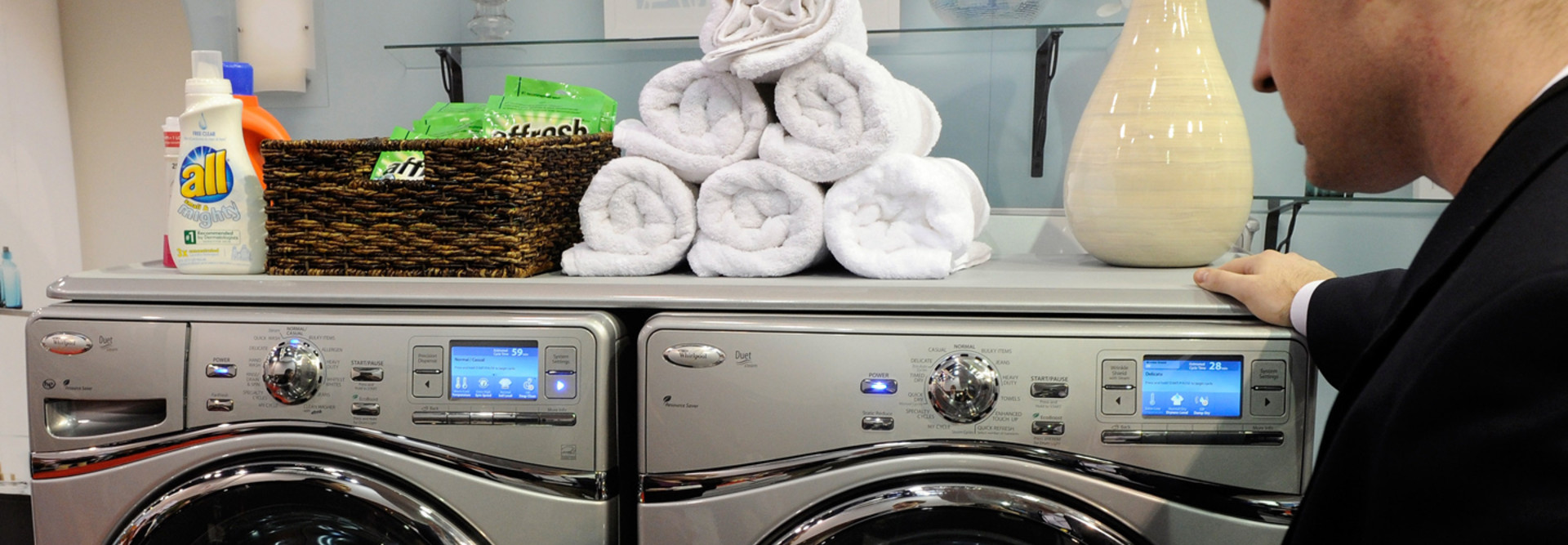Whirlpool CIO Takes Google Apps and IT Innovation for a Spin
As Google continues to expand its reach into the enterprise, more companies are deciding that the Internet company’s suite of productivity and collaboration tools could just be the shot of innovation they need.
Count Whirlpool, the manufacturer of major home appliances, among them. Last October, company CIO Mike Heim spoke about Whirlpool's decision to move to Google Apps in an official blog post from Google.
“One of the challenges we face is the need to innovate faster. We believe Google Apps is critical to helping us do that — to collapse geography and take the best of the global ideas and apply them locally,” he said. “Google Apps is a simple solution in many ways, but the features are actually very sophisticated, enabling us to surround our business processes with the right tools to connect people.”
In a profile on Computerworld, Heim elaborated even further on his decision to switch to Google Apps and his vision for IT’s role in the enterprise.
“How do we take how work gets done to the next level? We're trying to think about those possibilities. Envision this: superimposing sales onto a Google map and looking at trade partners, looking at sales in communities and the size of the sales bubble increasing over time, and then drilling down into that on a real-time basis. [That's] a different way of doing business,” he said.
Heim’s example highlighting Google Maps integration is an important one. Investing in Google Apps means more than just acquiring access to a set of office productivity apps. Migrating to Google Apps also grants businesses access to Google’s sprawling repertoire of applications and services in location, webmaster tools, search, video, advertising and more, making it an even more attractive solution.
But switching out the company’s productivity suite for Google Apps isn’t the only way Heim plans on transforming the company. He believes IT workers need to become better storytellers, too.
“You have to paint a vision for what's possible and then you have to be that possibility. That means when you show up, [you have to ask] how do people experience you and what are they left with. I know that gets a little philosophical, but I believe in our products, and the contributions we can make to those products. One of the best things you can do is tell stories that resonate,” Heim said.
That means going beyond the tech specs of the latest gadget or getting lost in the minutiae of programming languages. Instead, IT workers should think about situations or real-world examples they can share with their coworkers about IT solutions and tools that can get them excited.
“Nothing happens without the people, and if you can't drive their passion and enthusiasm in a way that's linked to the purpose of the firm, you're just not going to get great output,” Heim said.









